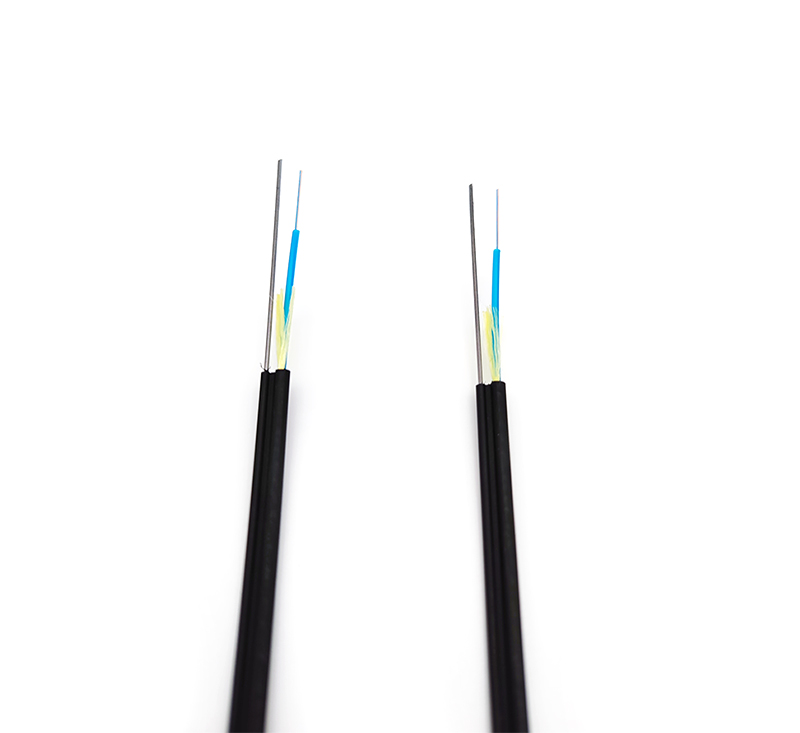When identifying the five types of UTP, you should also pay attention to the following points: ① View the instructions outside the cable. The outer foreskin of the twisted cable should be printed on the words "AMPSYSTEMSCable ... 24AWG ... CAT5", which means that the twisted line is the five types of twisted lines of AMP (the most reputable twisted brand). Among them, 24AWG represents the twisted twisted lines used in the LAN, CAT5 is expressed as five categories;
In addition, there is a type five types of IBDN standards of NordX/CDN. The above words are "IBDNPLUSNORDX/CDX ... 24AWG ... Category5". .

I used to use a box of so -called five -type lines without indicating categories, and can only meet the standards of 3 lines after the measurement; ② Whether it is easy to bend. The twisted wire should be bent natural to facilitate the wiring; ③ Whether the copper core in the cable has good toughness. In order to make the twisted wire not disconnected during the movement, in addition to the skin protection layer, the internal copper core also has a certain toughness.
At the same time, in order to facilitate the production and connection of the joints, the copper core should not be too soft nor too hard. It is too soft and difficult to make the joint. If it is too hard, it is easy to cause the joint breaks; ④ whether it is flame retardant.
In order to avoid damage to the cable caused by high temperature or fire, the outermost layer of foreskin of the twisted line should also be flame retardant in addition to the good littability.
If it is genuine, the rubber will be soft and soft, and it will not fire; if it is a fake, it will be at all). In order to reduce manufacturing costs, non -standard double -twisted cables generally use materials that do not meet the requirements to make foreskin, which is not conducive to communication security.










